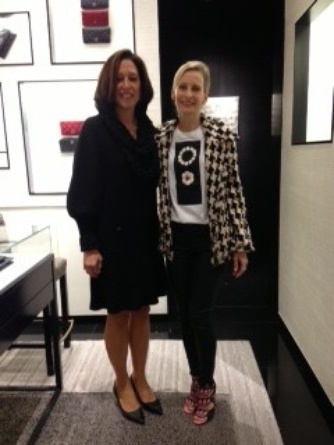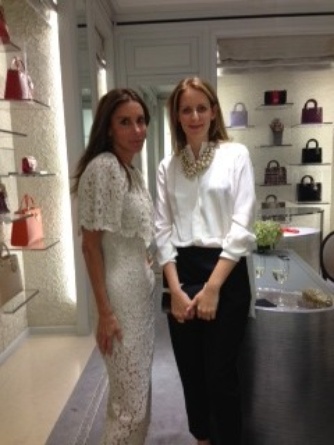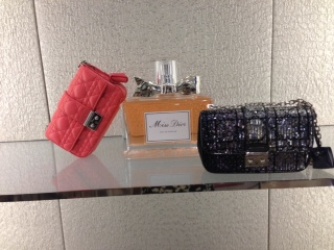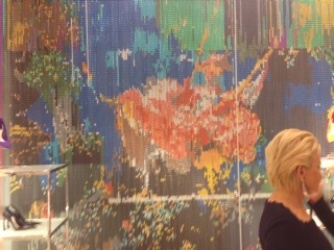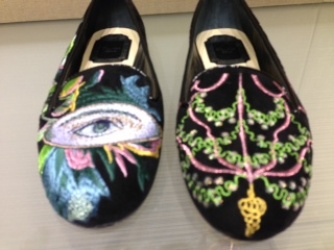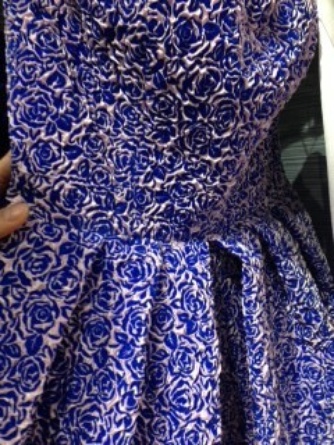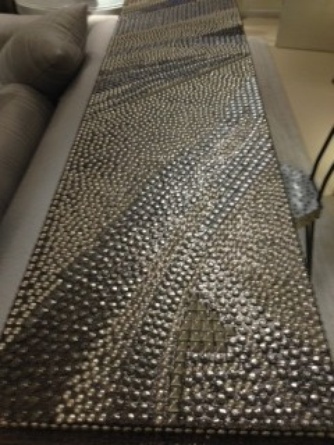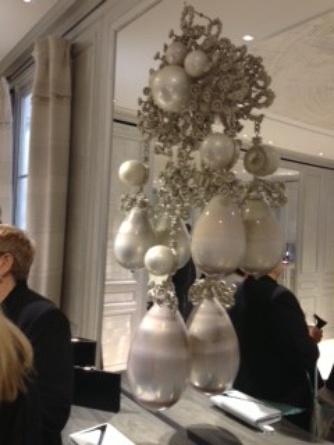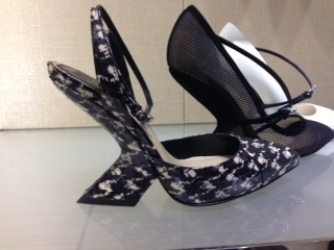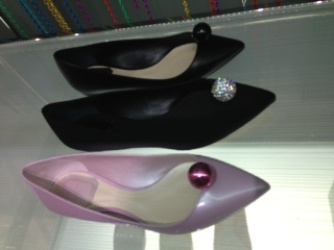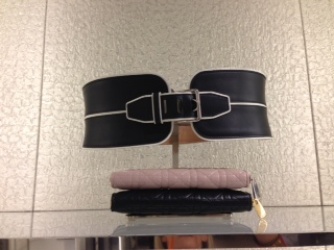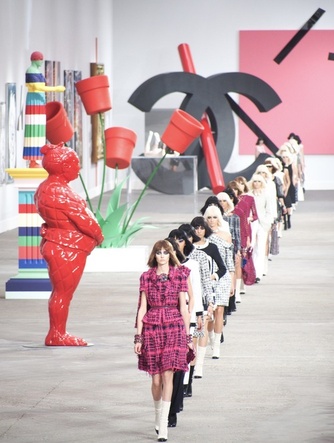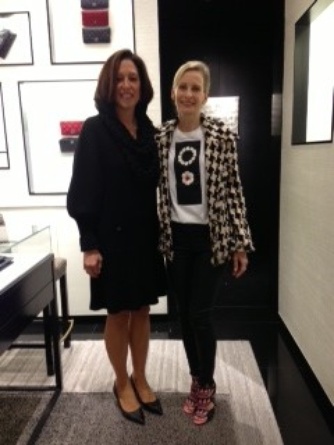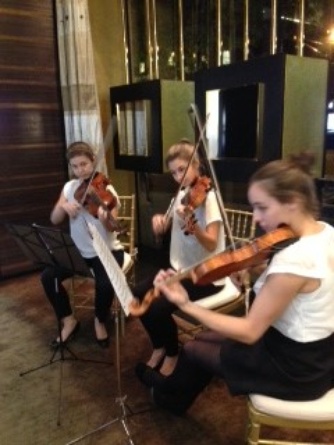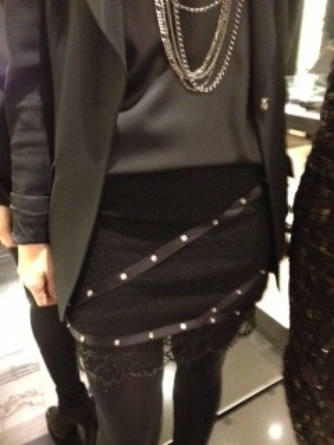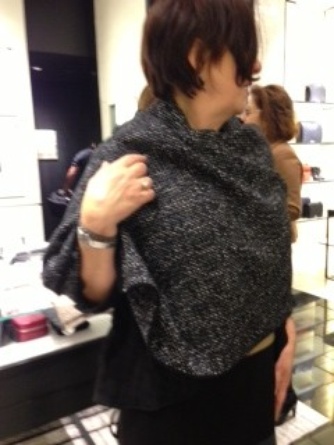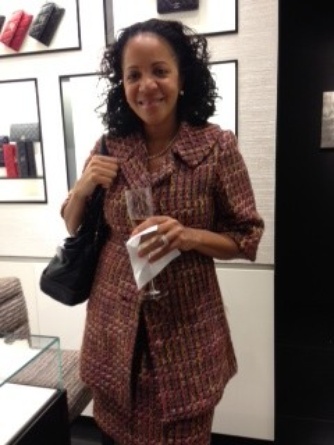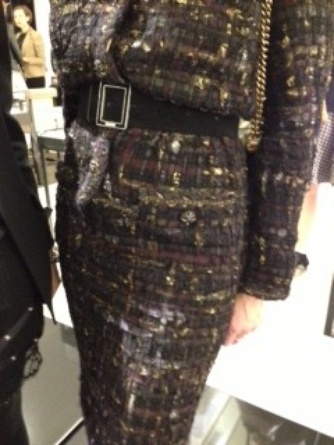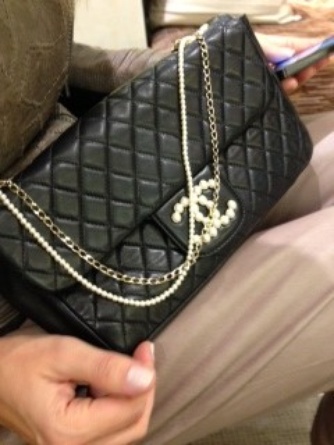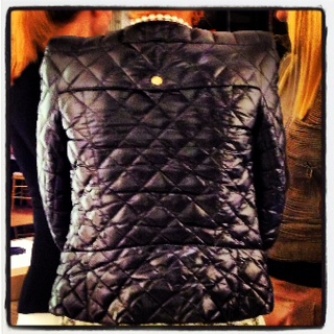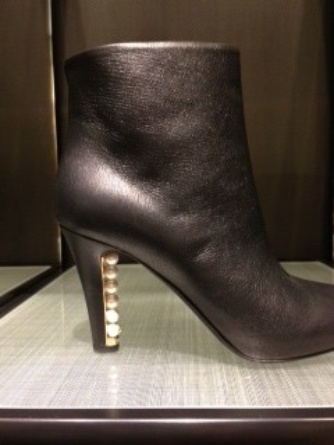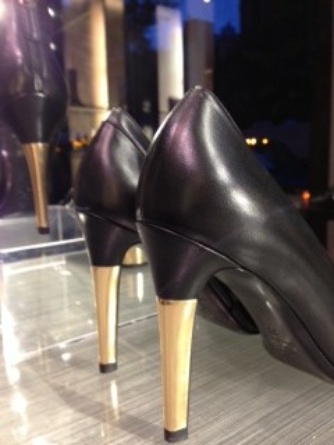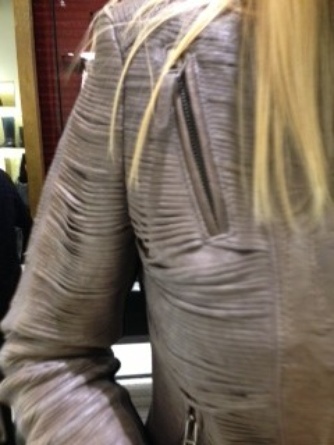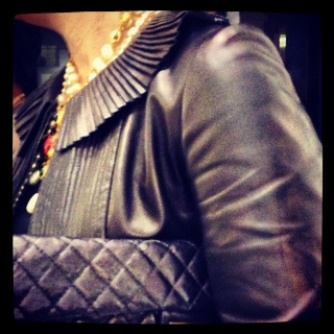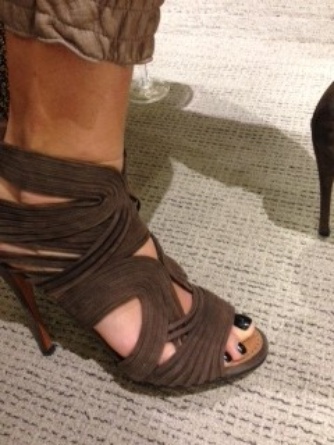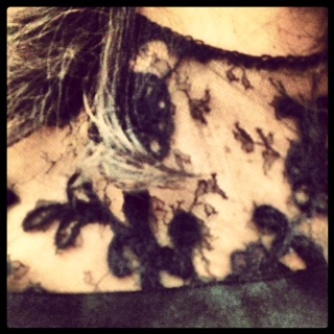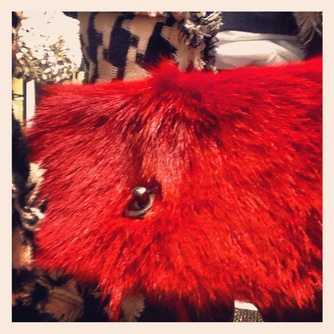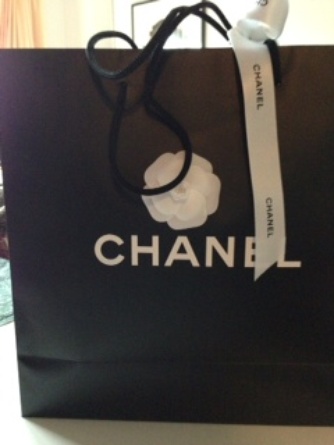Dior and Chanel — High Art?
In an era of multinational conglomerates controlling dozens of fashion brands, and designers designing for more than one house, or moving from one to the other, what is a fashion brand? What is a fashion designer? And how and why do women choose the ones they do?
I've long been interested in how the tribe of Manhattan moms I live among and study decides who — and what — to wear. Lately popular brands include Chloe, Alexander McQueen, Isabel Marant, Givenchy, Stella McCartney and Alexander Wang. There is something of a tribal obsession with Hermes, but that's for another post.
Dior and Chanel are two "historic" brands that have undergone revovations, if you will, over the years. Karl Lagerfeld refreshes Coco Chanel's original mission — to free women from flounces and ruffles and create clothes that are modern, chic and luxe — year after year. Raf Simons has been tapped by Dior to continue to evolve that brand (John Galliano had brilliantly revived it from ladylike, somnambulant irrelevance, but his career sputtered after his anti-semitic rants in a Paris bar in 2011).
The tribe I study is coming around to Dior in a big way. And Chanel has always been on their radar, something their mothers might have worn, but still relevant and desirable. Both Dior and Chanel recently hosted events in New York City, parties that mixed high art, high fashion and commerce. These types of events are popular in Manhattan — you can show you care about a cultural institution while getting up close to the clothing and accessories after hours, with your friends, in an atmosphere that is more intimate and club-like than commercial. Yep, you can have a glass of champagne while you shop.
Jacqueline Sackler recently co-hosted an event at Dior's New York City Boutique on E. 57th St, in celebration of the upcoming Guggenheim Gala. We got to see what was going on with Dior — a lot — and a portion of all sales went to the Guggenheim Foundation. Days later, powerhouse Suri Kasirer co-hosted an event at Chanel on Madison Avenue to benefit Lincoln Center. At his Spring/Summer 2014 show in Paris recently, Lagerfeld converted the runway at the Grand Palais into an "art gallery" — white walls showcased sculptures and paintings of Chanel icons (the bottle of No 5, the interlocking Cs). And at the Chanel event on Madison Avenue, young musicians from Julliard played classical music while attendees sipped, nibbled and browsed.
Is this juxtaposition of high art and fashion a way to make buying luxury items more "meaningful" and highbrow? Is it a strategy to elevate luxury goods into the category of collectibles, like painting and sculpture? Or is it a way to give conspicuous consumption an aspect of depth, seriousness and do-good-ism? Patterns of charitable giving and socializing in Manhattan may be shifting. But the women remain ever fashionable.
